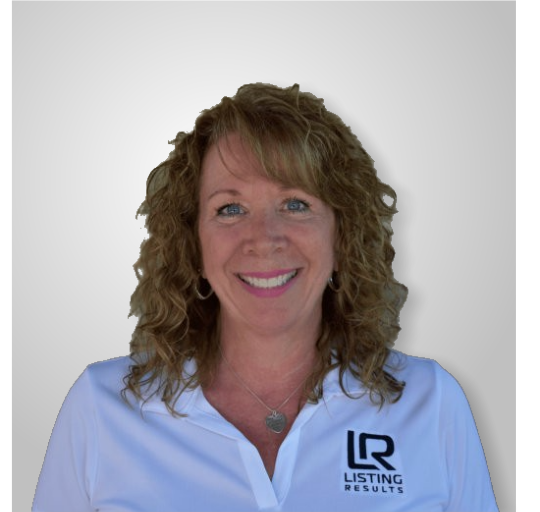What is a 1031 exchange?
A 1031 exchange allows an investor to sell their investment property and defer capital gains taxes as well as depreciation recapture taxes that would normally be triggered on their sale, if they agree to use all of their sale proceeds to purchase one or more new properties of equal or greater value.
In total, taxes can be up to 40% of your real estate profits.
A 1031 exchange applies to any property that isn’t your primary residence and can even apply to primary residences. There are several key rules and regulations that you need to know before you open an exchange.
Why should I do a 1031 exchange?
The wealthiest real estate investors I know all have the same strategy: buy and hold. You might hear stories of flippers making a couple hundred grand a year, but trust me, the real wealth is generated with the buy and hold strategy.
As your portfolio grows, it becomes almost impossible to make as much as you could by paying down the principal on your mortgages and collecting rent. The more cash-flowing assets you can control, the better your portfolio will perform for you, and it will mitigate risk of any one building not performing. Generally speaking, selling buildings only makes sense when the sale allows you to purchase more and grow your portfolio.
However, there is one strategy that experienced buy-and-hold investors use when they decide to sell that is usually the difference between whether selling a building makes financial sense.
This tool is the 1031 exchange.
Selling a building with the goal of using the capital to grow your portfolio can be very expensive, as you have to pay real estate commissions, inspections, title fees, bank fees, and, the most expensive fee of all, capital gains tax.
A 1031 exchange allows the savvy investor sell their properties without paying capital gains, maximizing the amount of equity they can use to purchase a larger property, allowing the investor to accelerate the growth of their portfolio.
What properties qualify for a 1031 exchange?
Generally speaking, 1031 exchanges are strictly for property that isn’t your primary residence. However, there are situations where a portion of your primary residence can be exchanged. You can exchange:
- Rental property
- Your former residence
- Vacation home or second home
- A portion of your primary residence if you have a home office or Airbnb
- Commercial property
You can also potentially qualify if you’re getting a divorce and moving out.
Make sure you speak with a qualified intermediary or other professional to confirm your property qualifies before starting an exchange.
How does a 1031 exchange work?
A 1031 exchange has to be done through a qualified intermediary who holds your proceeds from the sale of your home while you wait for your purchase to complete. They will also handle all of your paperwork.
A 1031 exchange is actually just a series of paperwork and identifications to properly document the properties you’re relinquishing and the new properties that you are exchanging for.
To start, you need to open an exchange with a qualified intermediary, and then list your property for sale. Once your property is for sale, you can begin to look for a replacement property that you will be exchanging for.
At closing for each property, there will be a series of paperwork that you will sign provided by your intermediary. In some instances, the intermediary will take title on behalf of the investor, to properly facilitate the exchange.
1031 Identification Periods
1031 exchanges require the investor or trader to properly document the properties that they’re going to be purchasing through their exchange. There are two important rules to keep in mind when you’re searching for your replacement property.
- You must identify your replacement property within 45 days of the sale of your relinquished property.
- You have to close on your identified property within 180 days total.
The identification period creates significant risk, as a deal might fall apart after the initial 45-day period, and the investor could be forced to go through with a bad deal or pay taxes on their gain. However, certain reinvestment options are always available to investors and can be listed on your property identification form in case your other options fall through.
What kinds of property can you identify for a 1031 exchange?
There are three ways that you can identify property:
- Three-Property Rule: Identify up to three properties and close on at least one of them within 180 days.
- 200% Rule: This allows the investor to identify an unlimited number of properties, but the total property value can’t be more than 200% of what you sold your property for.
- 95% Closing Rule: This allows the investor to identify an unlimited number of properties as long as you end up purchasing 95% of the them. This is rarely used and should be used with extreme caution, as one property not going through can stall your entire exchange.






